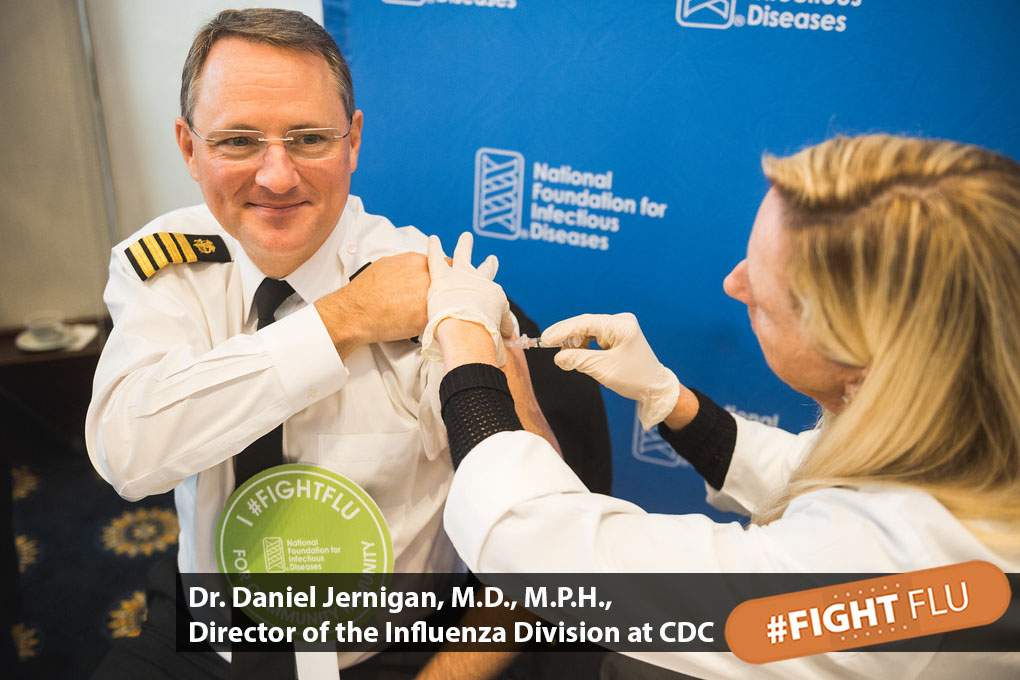 Lynn Friss Feinberg, MSW
Lynn Friss Feinberg, MSW
Senior Strategic Policy Advisor
AARP Public Policy Institute
(This post was originally published on the AARP blog and is re-posted with permission.)
Families and close friends are the most important source of support to older people and adults with a chronic, disabling, or serious health condition. They already take personal responsibility for providing increasingly complex care to the tune of $470 billion (as of 2013). That figure, representing family caregivers’ unpaid contribution in dollars, roughly equals the combined sales of the four largest U.S. tech companies (Apple, IBM, Hewlett Packard and Microsoft, $469 billion) in 2013.
The out-of-pocket hit
Caregiving families feel great uncertainty and high anxiety about how they will continue to pay for long-term services and supports (LTSS) for a relative or close friend with increasing self-care needs. And for good reason. Family caregivers not only provide help with daily activities and carry out complex medical and nursing tasks, they also spend a considerable amount of money out of pocket for caregiving.
Out-of-pocket spending for caregiving generally refers to the purchase of goods and services on behalf of the person the family caregiver is helping. This can include housing, medical and medication premiums, copays, meals, transportation, mobility and other assistive devices, supportive services (such as adult day services and paid home care), and other goods and services.
A recent AARP research study finds that more than 3 in 4 family caregivers (78 percent) report incurring out-of-pocket costs as a result of caregiving. In 2016, family caregivers of adults on average spent nearly $7,000 on out-of-pocket costs related to caregiving, amounting to 20 percent of their total income. Among racial or ethnic groups, out-of-pocket spending for caregiving was highest among Hispanic/Latino family caregivers. They spent an average of $9,022, representing 44 percent of their total income in 2016.
Caregiving, therefore, can have a major impact on one’s current and future financial situation. A consensus report from the National Academies of Sciences, Engineering, and Medicine concludes that family caregiving for older adults poses substantial financial risks for some family caregivers. Especially vulnerable to financial harm are families caring for older relatives with significant physical impairments or dementia, low-income family caregivers, and those who live with or live far away from their older relative who needs care. Continue reading




